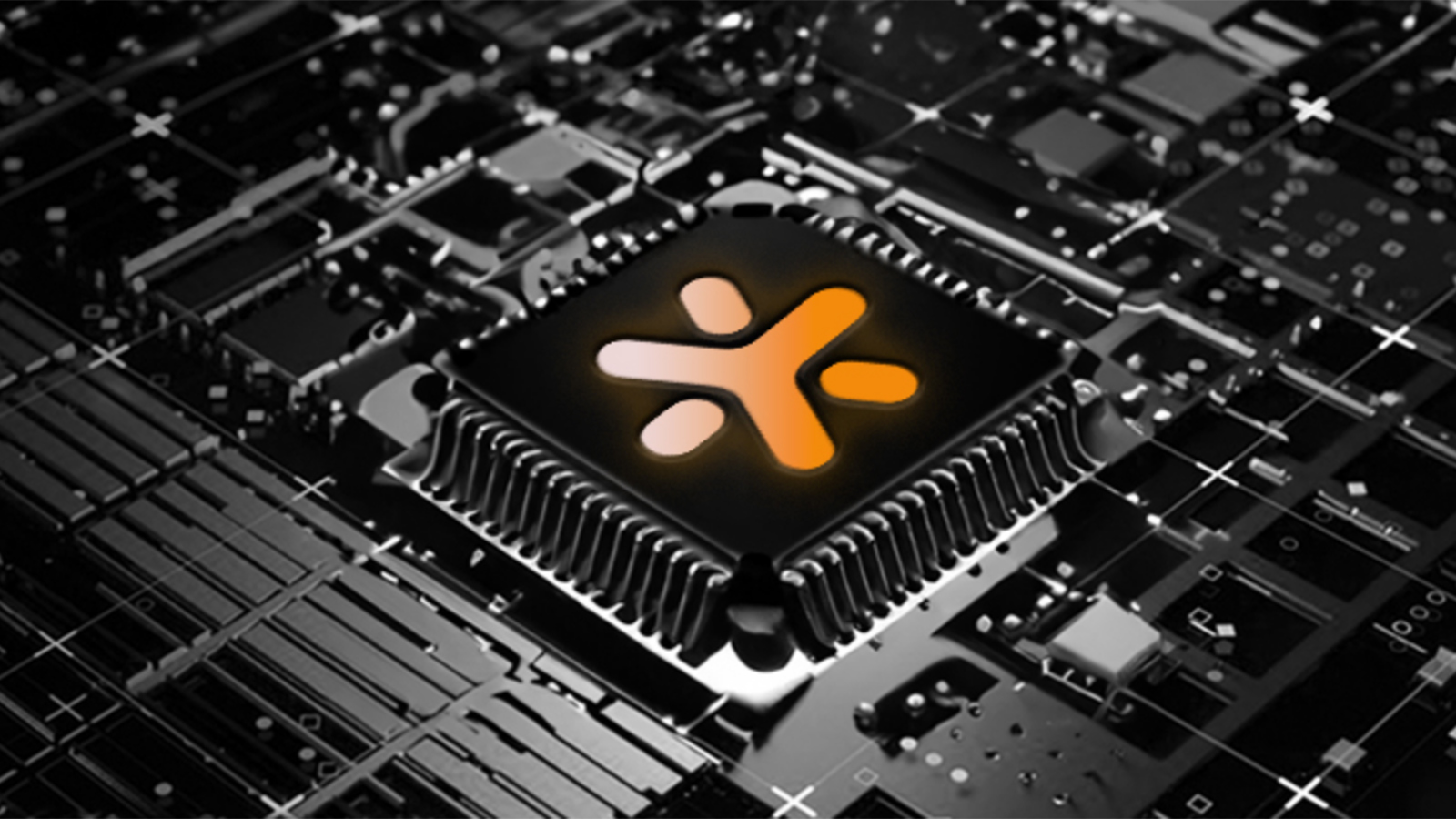
BrainChip has unveiled the Akida Pico ultra-low-power (less than a milliwatt) neural processing unit (NPU) that can be used as an AI accelerator for battery powered, compact intelligent devices, such as hearing aids, noise-cancelling earbuds, and medical equipment. The Akida Pico NPU can be implemented as a standalone chip, or incorporated into an existing design.
BrainChip's Akida Pico is an NPU IP that features 150,000 transistors without memory that integrates an NPU, DMA, and AXI bus matrix to connect to other parts of a processor or a microcontroller. The Akida Pico can be enhanced with event SRAM or weight SRAM, AHB, eMMC, SPI, and/or GPIO interfaces to meet the licensor's requirements. When implemented using GlobalFoundries 22FDX (22nm-class, FD SOI) process technology, the Akida Pico NPU consumes less than a milliwatt and occupies only 0.12 mm^2. When enhanced with 50KB of SRAM, its die size grows to 0.18 mm^2. The company says that the IP can be synthesized for any production node, including TSMC's low-cost 12nm-class nodes and ultra-high-end 3nm-class process technologies if needed.

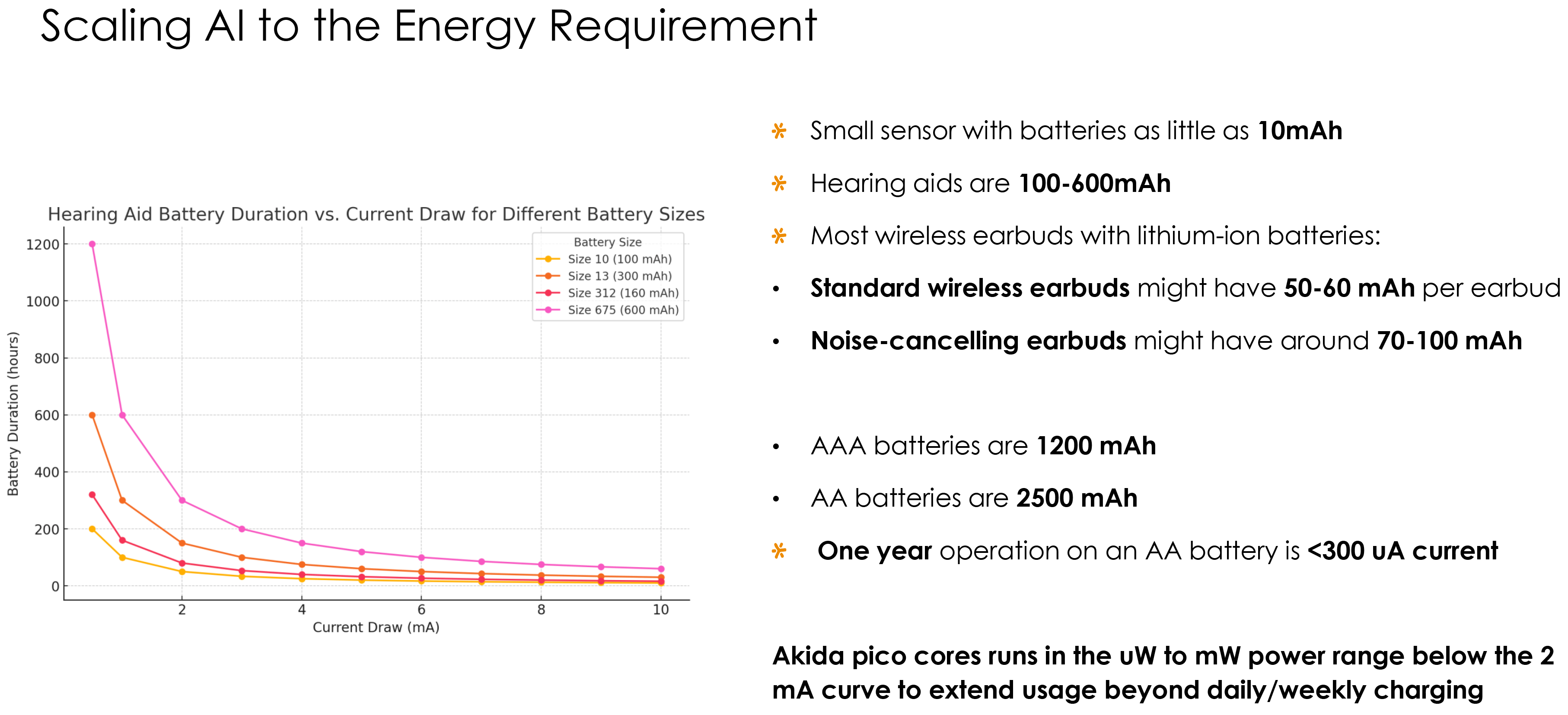
BrainChip's proprietary MetaTF software enables developers to build and fine-tune their Temporal-Enabled Neural Networks (TENNs) directly on the Akida Pico. MetaTF also supports AI models developed with popular frameworks like TensorFlow / Keras and PyTorch enabling developers to quickly build and deploy AI solutions for edge devices without the need to learn a new programming language or framework.
When it comes to performance, BrainChip refrains from revealing exact numbers (though performance is scalable), perhaps because it uses TENNs, whereas other AI processors are tailored for transformers, which is why the company wants to avoid an "apples to oranges" comparison. As for data formats, Akida Pico supports FP32, INT8, and INT4, though the company is primarily targeting INT8 as INT4 is not accurate enough for its target applications.
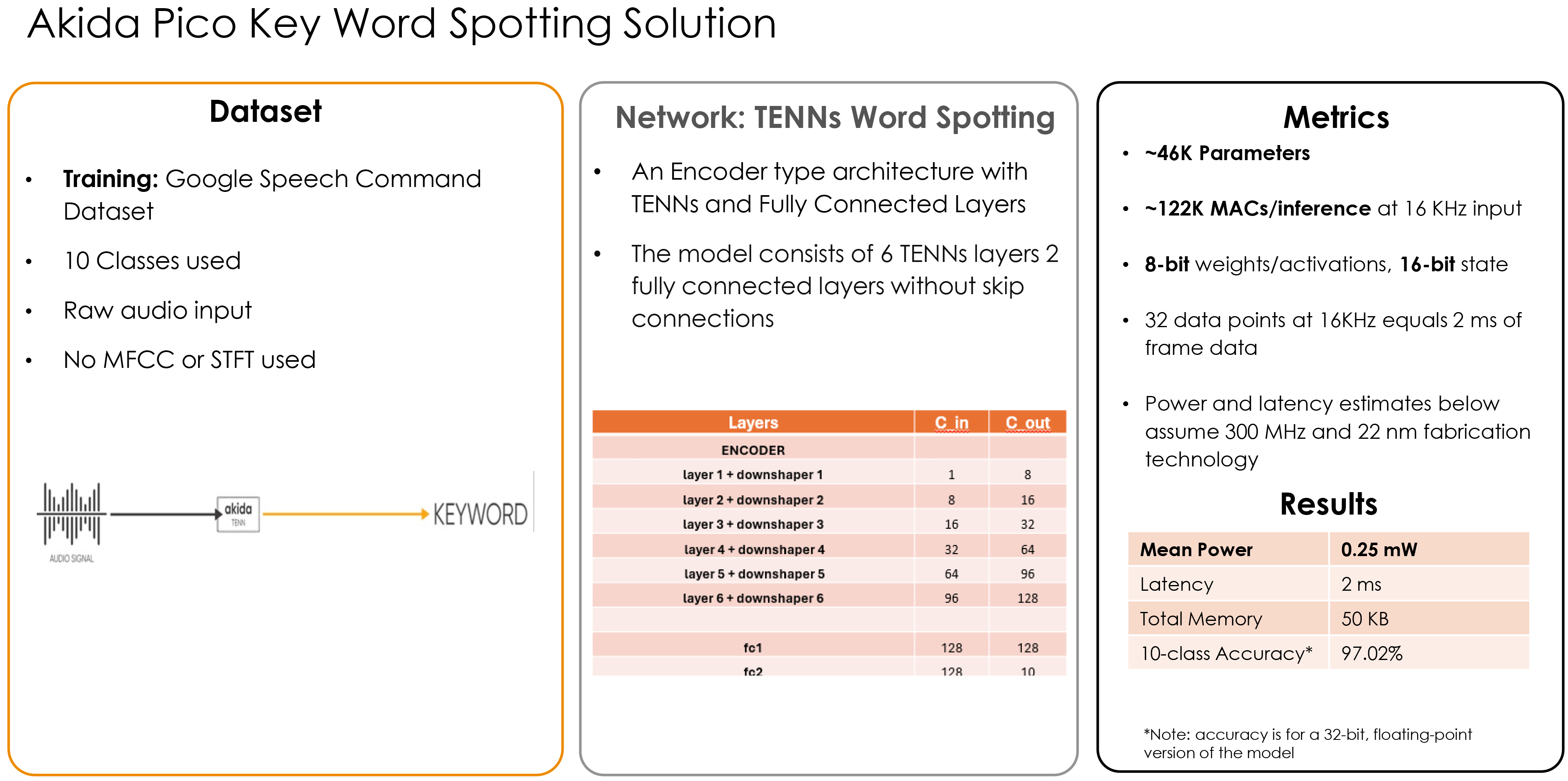
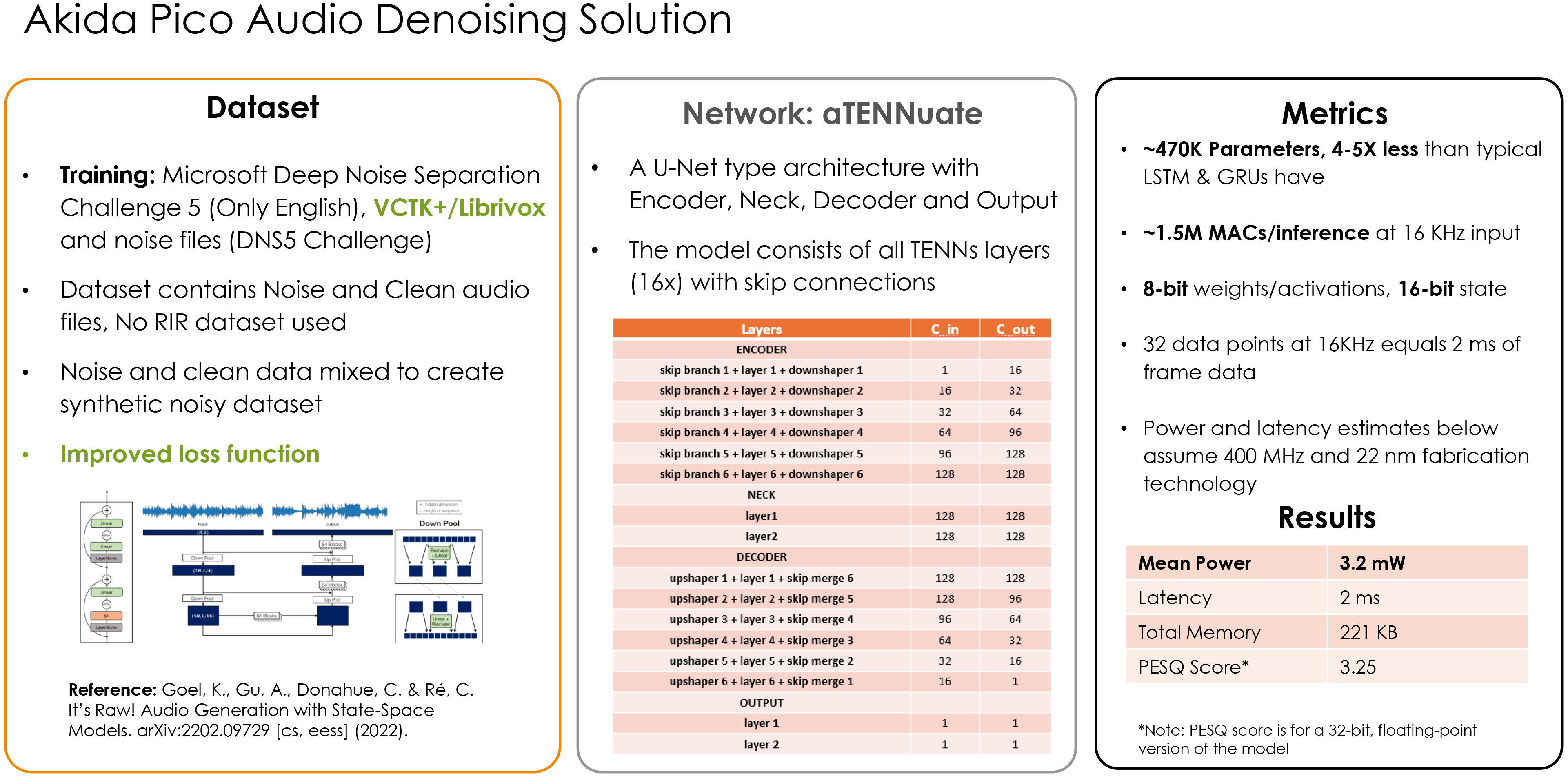
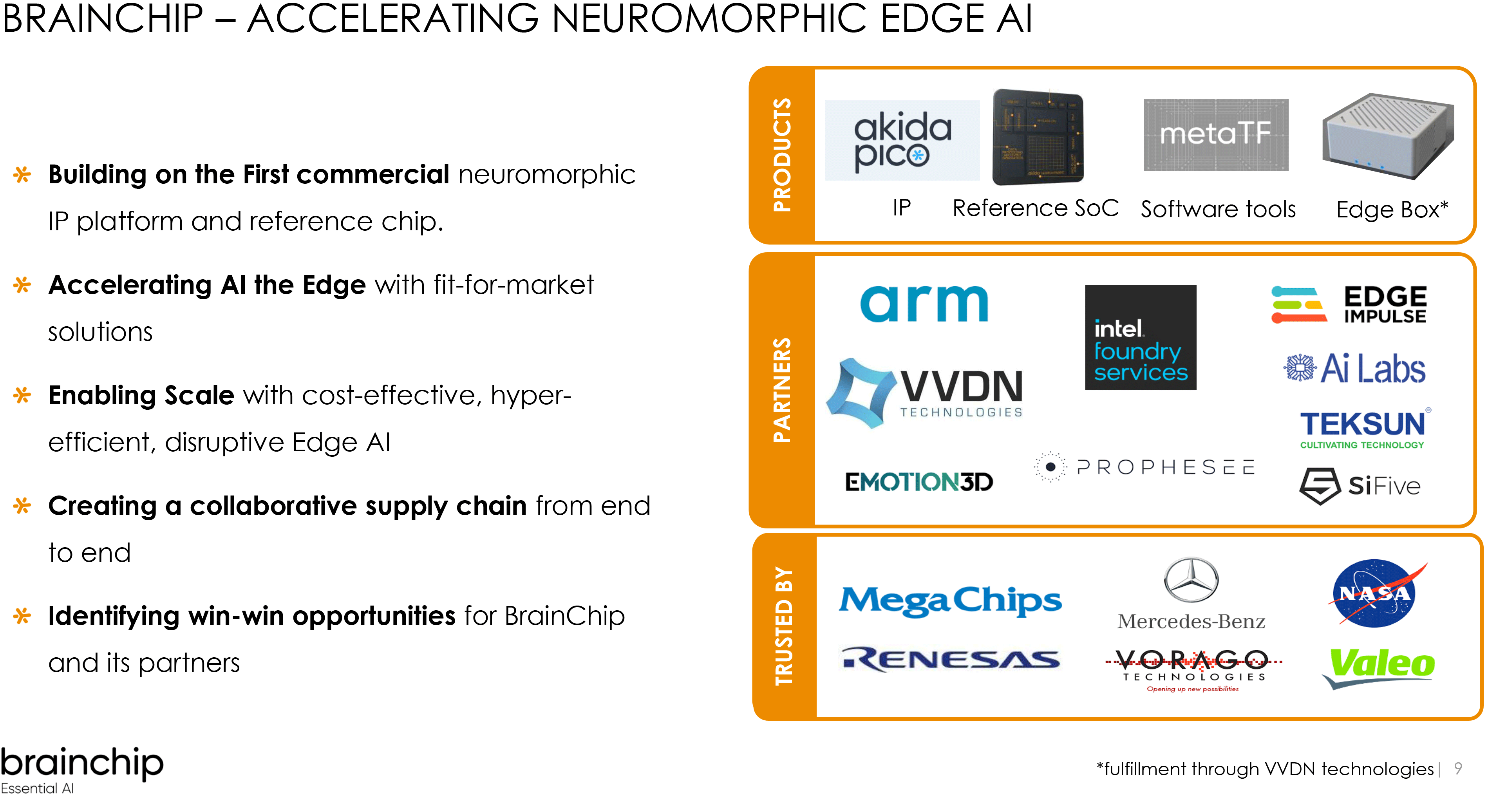
The company envisions that key applications for the Akida Pico will include voice wake detection, keyword recognition, noise suppression, presence detection, wearables, and personal voice assistants. It can also be used in appliances for voice control and is particularly effective for wearable AI and smart home devices. As BrainChip puts it, ultra-low-power consumption of the Akido Pico is optimized for 'extreme edge AI,' possibly implying on emerging devices that do not exist yet.
"Like all of our Edge AI enablement platforms, Akida Pico was developed to further push the limits of AI on-chip compute with low latency and low power required of neural applications," said Sean Hehir, CEO at BrainChip. "Whether you have limited AI expertise or are an expert at developing AI models and applications, Akida Pico and the Akida Development Platform provides users with the ability to create, train and test the most power and memory efficient temporal-event based neural networks quicker and more reliably."







